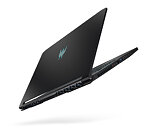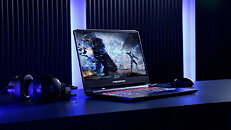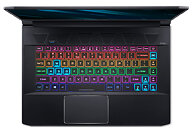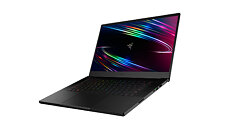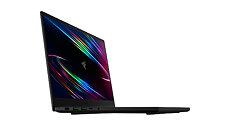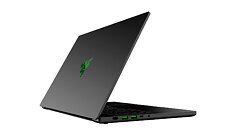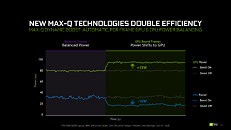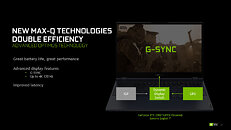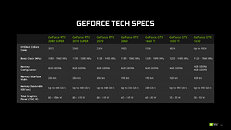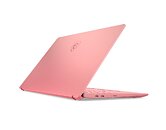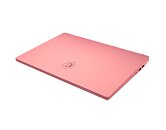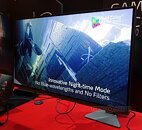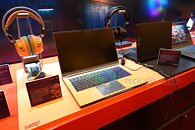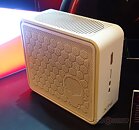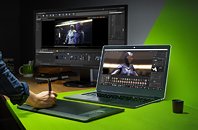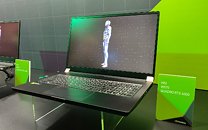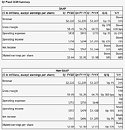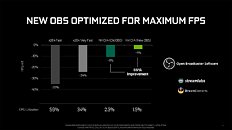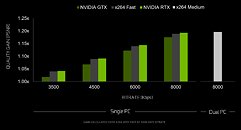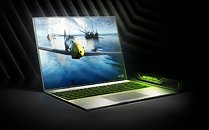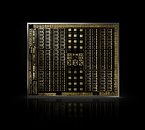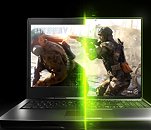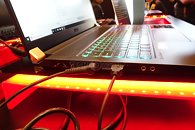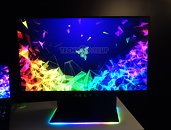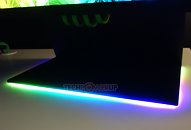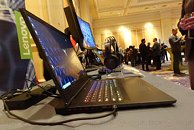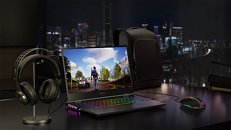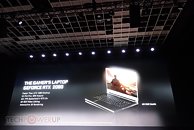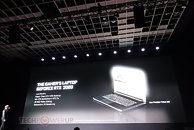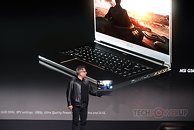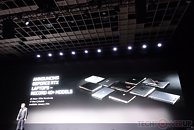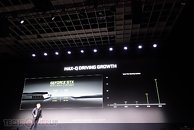
MSI Launches the Creator 17 Notebook: 17.3-inch 4K miniLED Monstrosity
MSI today launched its Creator 17 notebook aimed at content creators, armed with some serious specs to boot. Its product design was first showcased at the 2020 International CES, without getting under its hood. Its star attraction has to be its display: a 17.3-inch miniLED panel with 4K UHD resolution, DisplayHDR 1000 certification, and DCI-P3 wide color gamut. Under the hood, the Creator 17 features some serious kit, with an Intel Core i7-10875H 8-core/16-thread "Comet Lake" processor, 64 GB of DDR4 memory, and NVIDIA GeForce RTX 2070 SUPER Max-Q graphics.
Storage features of the MSI Creator 17 include three M.2 slots (two PCIe NVMe, one SATA-only); from which one is occupied by a 1 TB NVMe SSD. Networking features include 802.11ax (Wi-Fi 6) WLAN, 2.5 GbE wired Ethernet, and Bluetooth 5. USB connectivity includes two each of USB 3.2 gen 2 type-A and USB 3.2 type-C. A 82 Wh 4-cell battery powers the Creator 17, and can keep it running for up to 6 hours on a full charge. Measuring 396 mm x 259.4 mm x 20.25 mm (closed), it weighs 2.50 kg. In its full configuration, the Creator 17 is priced around USD $3,500 plus taxes.
Storage features of the MSI Creator 17 include three M.2 slots (two PCIe NVMe, one SATA-only); from which one is occupied by a 1 TB NVMe SSD. Networking features include 802.11ax (Wi-Fi 6) WLAN, 2.5 GbE wired Ethernet, and Bluetooth 5. USB connectivity includes two each of USB 3.2 gen 2 type-A and USB 3.2 type-C. A 82 Wh 4-cell battery powers the Creator 17, and can keep it running for up to 6 hours on a full charge. Measuring 396 mm x 259.4 mm x 20.25 mm (closed), it weighs 2.50 kg. In its full configuration, the Creator 17 is priced around USD $3,500 plus taxes.







